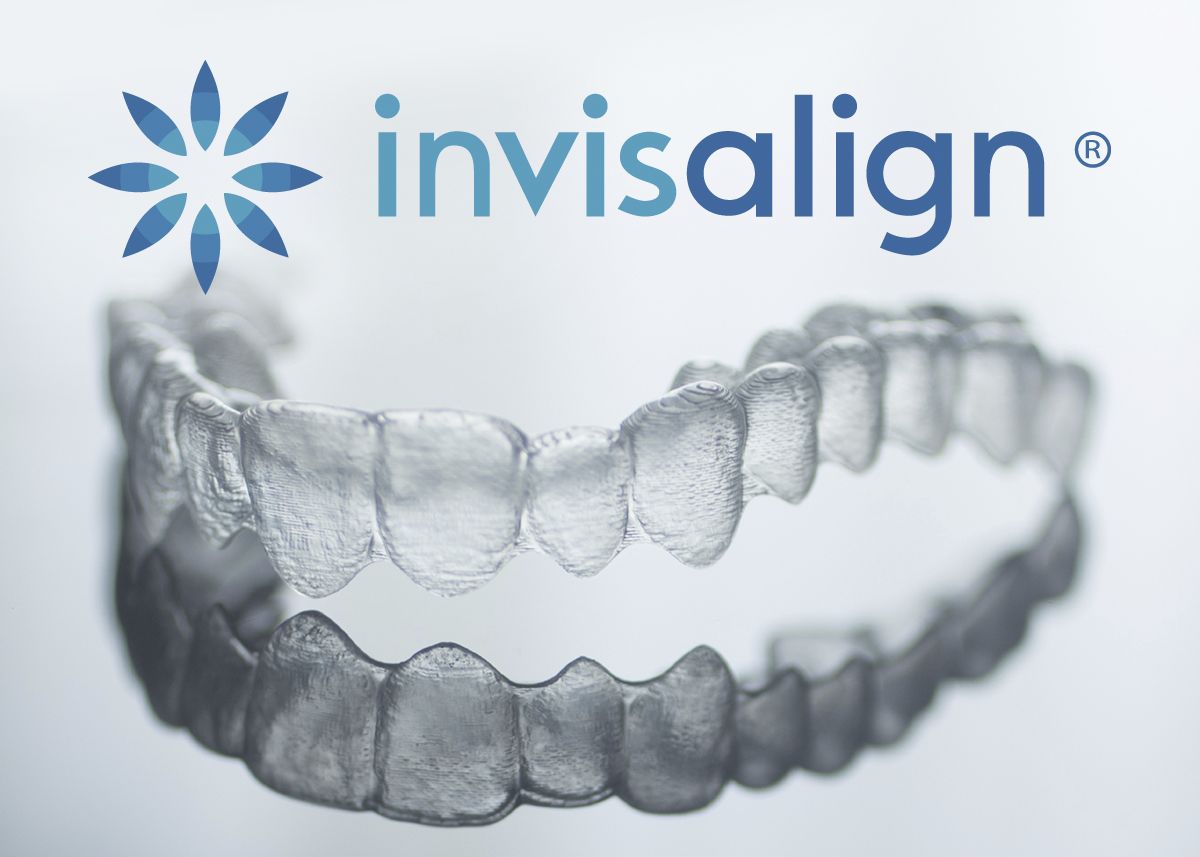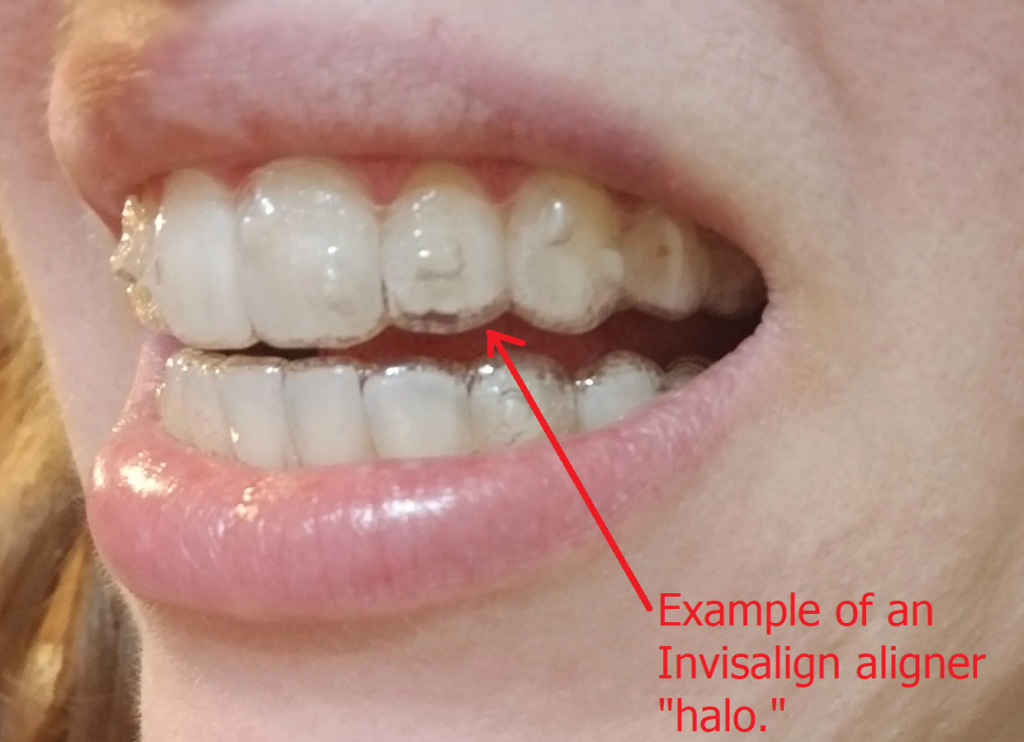What to Expect During Your Invisalign Journey: A Comprehensive Overview
What to Expect During Your Invisalign Journey: A Comprehensive Overview
Blog Article
Invisalign vs. Typical Dental braces: Which Option Is Right for You?
When considering orthodontic therapy, the choice between Invisalign and conventional braces provides several vital factors that warrant cautious evaluation. Invisalign offers a discreet option with removable aligners, while standard dental braces supply an extra visible yet efficient remedy for severe misalignment. Each alternative encompasses distinct benefits and downsides associated with visual appeals, convenience, treatment duration, and cost. Comprehending these nuances is essential for making a notified decision that lines up with your personal preferences and way of life. The question remains: which choice will ideal meet your orthodontic requirements and assumptions?
Introduction of Treatment Options

In contrast, conventional dental braces are composed of steel braces and cables that are adhered to the teeth. This method uses continuous pressure in time to achieve placement. While effective for intricate orthodontic issues, standard braces require normal check outs for adjustments and can present challenges in preserving dental health as a result of the trouble of cleaning up about braces and cables.
Both choices have their values, and the option usually rests on specific dental conditions, way of life preferences, and person compliance. Eventually, speaking with an orthodontic specialist is critical for identifying one of the most suitable treatment strategy tailored to specific requirements. Recognizing the nuances of each choice can considerably influence the total success of orthodontic therapy.
Visual Considerations
A significant aspect influencing the choice between Invisalign and standard dental braces is the aesthetic allure each therapy provides. Invisalign aligners are crafted from clear plastic, making them virtually invisible when put on.
On the other hand, typical braces contain metal braces and cords, which can be extra obvious. While improvements in orthodontic technology have actually resulted in the advancement of smaller brackets and tinted elastics, typical braces still maintain an even more obvious profile. For some people, the visibility of dental braces might deter them from seeking necessary treatment.
Inevitably, the choice between Invisalign and conventional dental braces may depend upon personal preferences concerning aesthetics. Clients who focus on discretion usually favor Invisalign, while those who are much less worried regarding presence may go with traditional braces. Comprehending the aesthetic ramifications of each option is important for making a notified decision that aligns with one's way of life and choices.
Comfort and Convenience

In regards to comfort, Invisalign aligners are removable, enabling individuals to enjoy their favorite foods without constraint and keep ideal dental hygiene. Brushing and flossing are streamlined, as the aligners can be taken out throughout these routines, whereas traditional braces need careful navigating around wires and braces.
Additionally, Invisalign's modern system enables less orthodontic brows through. People generally obtain several sets of aligners simultaneously, which can improve the therapy process and reduce time invested in the orthodontist's chair. In comparison, traditional dental braces necessitate routine adjustments, making them much less practical for those with active schedules. Invisalign. In general, the convenience and ease of Invisalign make it an attractive option for lots of people looking for orthodontic therapy.
Therapy Duration and Performance
While both Invisalign and traditional braces are informative post effective in remedying oral imbalances, the period of treatment can vary dramatically between both options. Usually, Invisalign therapy can take anywhere from 12 to 18 months, relying on the intricacy of the case. The clear aligners work by gradually shifting teeth right into their preferred placements, and normal follow-ups with an orthodontist help make sure progress stays on track.
In contrast, typical braces usually call for a longer dedication, usually varying from 18 months to 3 years. This is because why not find out more of their set nature and the use of cords and brackets, which can be a lot more efficient for severe misalignments and complex instances (Invisalign). The treatment efficiency of conventional dental braces is well-documented, as they allow for specific modifications and better control over tooth motion
Ultimately, the choice in between Invisalign and traditional braces might depend upon both the expected treatment duration and the particular dental concerns available. Consulting with an orthodontist is crucial, as they can offer customized recommendations based upon specific requirements, guaranteeing the selected approach aligns with wanted timeframes and results.
Cost Contrast and Insurance Coverage Alternatives
Cost plays a considerable duty in the decision-making procedure for individuals thinking about orthodontic treatment, whether going with Invisalign or standard dental braces. Generally, the cost of Invisalign ranges from $3,000 to $8,000, while traditional dental braces normally cost between $2,000 and $6,000. Elements influencing these expenses include the complexity of the instance, the period of therapy, and geographical web link location.
Lots of dental insurance strategies give partial protection for orthodontic therapies, yet the specifics can vary widely. Usually, traditional dental braces may be a lot more frequently covered by insurance policy plans contrasted to Invisalign, which some insurance providers classify as a cosmetic treatment.
In addition, numerous orthodontic techniques use adaptable settlement plans, making both therapy options more easily accessible. People should ask about possible funding alternatives and discounts for upfront settlements. Examining the overall price, including insurance advantages and settlement strategies, is crucial for making an informed decision that aligns with both visual choices and spending plan considerations.

Final Thought
In summary, the option in between Invisalign and typical braces hinges on numerous aspects, including aesthetic choices, convenience, therapy duration, and price. Invisalign offers a very discreet, detachable choice that assists in oral hygiene and dietary versatility, while standard braces might be better for complicated dental problems and usually come with a reduced rate point. Inevitably, examination with an orthodontist is important to evaluate private scenarios and determine the most proper treatment option for attaining ideal oral positioning.
When thinking about orthodontic treatment, the selection between Invisalign and conventional braces provides a number of vital factors that merit mindful analysis.Comparing Invisalign and standard dental braces reveals unique therapy alternatives for orthodontic adjustment.While both Invisalign and typical braces are reliable in fixing oral misalignments, the period of treatment can vary significantly in between the two alternatives.Expense plays a significant role in the decision-making process for people taking into consideration orthodontic therapy, whether choosing for Invisalign or standard braces.In recap, the choice between Invisalign and conventional dental braces pivots on multiple factors, including visual preferences, comfort, therapy period, and expense.
Report this page